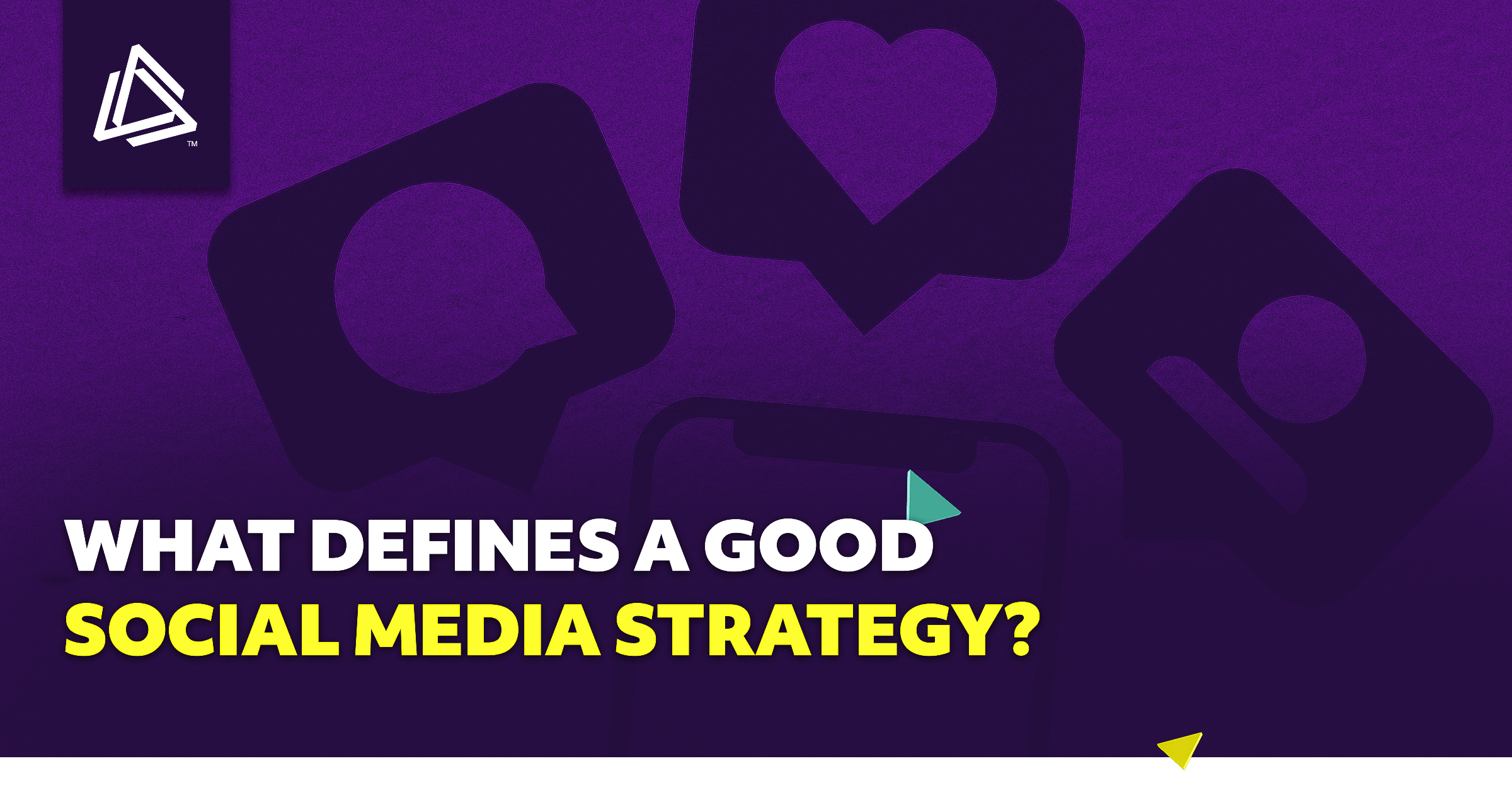So, your manufacturing business has finally realized the benefits of B2B digital marketing and is ready to give social media a shot (*cue the celebratory confetti*). This marks a pivotal moment for your business as you can now work towards defining your digital presence – this is the part that requires some legwork. While the potential benefits are vast, success hinges on a strategic approach.
Our last blog in the digital marketing series, Maximizing Your Manufacturing Business’s Presence on LinkedIn, addressed the best practices for increasing your follower count and driving up engagement. This blog will dive deeper into the six key components of creating a robust social media strategy and guide you on how to implement them effectively.
Establish Tangible Objectives and Goals
Like any great plan, an end goal is necessary. What do you want to achieve?
Some common end goals for digital marketing are company expansion, increased/improved brand exposure, and stronger customer connections driven by online engagement and feedback. While the end goal itself can vary, it should always be S.M.A.R.T.
Let’s break down what S.M.A.R.T goals are:
- Specific – To be specific with your goal is to produce specific results. The better you understand your goal, the better you can devise a strategic plan to increase the probability of reaching that goal.
- Measurable – The measurability of your goal determines how much progress has been made and at what point the goal has been achieved.
- Achievable – Consider the available skills and resources when setting a goal to ensure it is realistic.
- Relevant – Time is money, and it shouldn’t be spent investing in the wrong things. The goal should positively impact operations and align with company values and long-term plans.
- Time-bound – Set a target date for the goal that is considerate of all the above factors.
Identify (and understand) Your Target Audience
Your target audience will determine certain aspects of your digital marketing strategy, such as the type of content produced and platform used. Therefore, it’s best to know all about your audience.
Start by asking yourself these questions:
- What is the audience’s industry?
- What drives your audience? Understand their lifestyle, values, and challenges.
- What topics engage your audience?
- What common challenges does your audience face?
- What resources does your audience use to find industry-related information?
- What methods are most effective for engaging your audience?
Choose the Right Social Media Platforms
After narrowing down your goals and audience, select the right social media platform(s) that aligns with your objectives.
With so many to choose from, we’ve described the use cases for the most popular platforms:
LinkedIn – Ideal for B2B marketing and networking, sharing industry insights, company news, and professional content.
X (formerly Twitter) – Tailored for quick posts related to industry/company updates, chiming in on industry conversations, and casually engaging with your audience and other professionals.
Instagram – Perfect for visual-based posts, such as short videos or graphics.
Facebook – Used for connecting with potential customers and employees and other industry experts.
YouTube – Designed for video-based content, such as demonstrations, podcasts, walk-throughs, reviews, etc.
Promote a Consistent Brand
Before taking social media by storm, it’s important to understand how you want to present your brand online. Your brand is a representation of who your business is, so you want to portray your business in an authentic and professional light.
Craft a consistent brand image by understanding:
- Your company’s values and goals
- Your company’s competition
- Your company’s tone
- Visual elements
Map Out Your Content Gameplan
The most efficient way to consistently post engaging material is to create a clear, detailed content calendar.
Stay organized and engaging with a structured content calendar:
- Type of content: Campaigns, announcements, industry news, service promotions, etc.
- Dates and times of posting
- Post captions
- Design features: Graphics, videos, etc.
Sounds easy enough, but how do you generate new content? The initial stages of content creation are often the most difficult as you can go multiple directions.
To guide your social media brainstorming:
- Analyze competitors’ content and engagement.
- Explore trending industry topics and join the conversation.
- Learn from past performance and refine your strategies. Sometimes, it’s easier to work off previous attempts than to completely reinvent the wheel.
Utilize Data Analytics to Drive Continuous Improvement
With data analytics, you can determine the efficacy of your company’s current strategy through tangible values.
Maximize the usefulness of data analytics by:
- Setting measurable goals.
- Choosing the metrics to evaluate – Includes follower growth, impressions, reach, engagement rate, brand mentions, etc.
- Tracking your social media performance via analytic tools – Some popular tools include Google Analytics, Hootsuite, Sprout Social, and Buffer.
- Testing your strategy, improving, repeat.
Takaways
Successfully marketing your manufacturing business through social media requires setting clear goals, understanding your audience, selecting the right platforms, promoting a consistent brand, mapping out content, and leveraging data analytics. By implementing these strategies, your business can creatively control its brand image, define its digital presence, and leave a lasting impression on potential customers and partners. Take on this exciting challenge with the assurance that the Vive team is here to support you through this new journey. Connect with us today to explore our comprehensive marketing services for manufacturing businesses.


